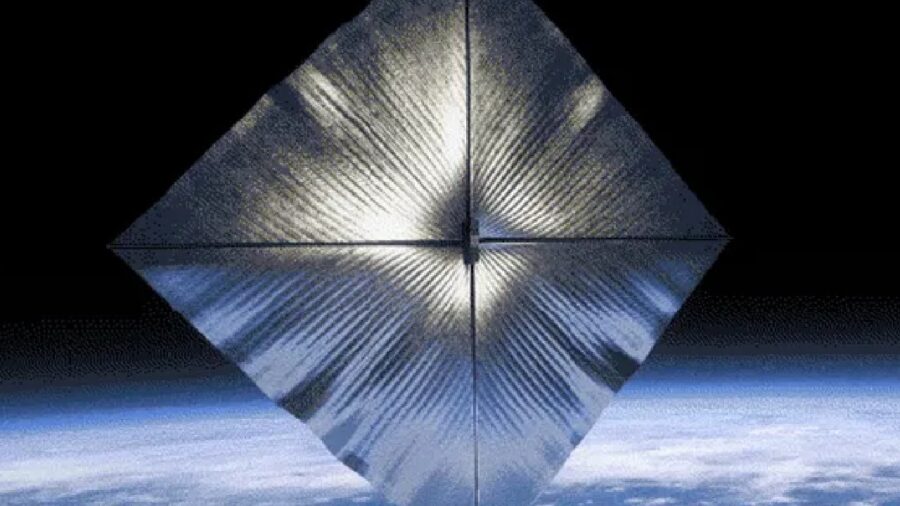[ad_1]
By Matthew Swigonski
| Revealed
In April 2024, NASA launched its first iteration of the Superior Composite Photo voltaic Sail System, or ACS3, as a way to take a look at the viability of photo voltaic crusing, a model new propulsion technique that NASA believes may considerably advance humankind’s exploration of the photo voltaic system within the close to future. Nonetheless, in a current replace on the ACS3, NASA scientists have reported that the photo voltaic sail is presently tumbling whereas in orbit attributable to a slight bend to one of many spacecraft’s 4 main booms that assist its sail.
Whereas the harm to the growth has barely altered the flight path, NASA operators of the ACS3 are nonetheless analyzing the scenario to find out the following plan of action.
Controls Haven’t Been Turned On
In keeping with NASA, following the profitable deployment of the 4 booms and the unfurling of the photo voltaic sail, the Superior Composite Photo voltaic Sail System stays in a slight tumble in orbit attributable to the truth that the operators of the spacecraft had beforehand turned off its angle management system, which has but to be re-engaged.
The workforce of operators had been compelled to show off the angle management system due to the “altering dynamics” of the spacecraft whereas the photo voltaic sail was in its deployment section. As acknowledged in NASA’s replace on the mission, the angle management system applies forces to the spacecraft in an effort to take care of a really particular orientation whereas it travels in area, basically appearing because the spacecraft’s steering wheel.
Nonetheless A Profitable Trial

Whereas the tumble of the Superior Composite Photo voltaic Sail System could possibly be seen as a slight hiccup within the general mission, the deviation may show to be a tremendously informative take a look at run for future flights. NASA says that the information it has collected from this photo voltaic sail flight take a look at has already confirmed to be extraordinarily worthwhile, providing very important perception into the viability of the know-how.
For now, NASA predicts that the bend to one of many 4 booms of the ACS3 shouldn’t have an effect on the spacecraft’s potential to maneuver and that future demonstrations of the photo voltaic sail ought to nonetheless go easily.
What’s Subsequent?
As for Superior Composite Photo voltaic Sail System’s subsequent transfer, NASA operators are presently trying to reposition the spacecraft, all whereas maintaining it in a low-power mode till its photo voltaic panels are angled extra successfully towards the sun. The workforce at NASA is working to presumably preserve the spacecraft’s power for partaking in additional vital assessments, like trying to realize two-way communication between the ACS3 and the workforce on the bottom.
As soon as the ACS3 is in prime place, mission operators will activate the spacecraft’s altitude management system and the spacecraft will have the ability to level its high-bandwidth radio antenna towards the bottom station, permitting the workforce the chance to collect extra information and calibrate the photo voltaic sail.
In recent times, NASA has been growing new deployable buildings and different numerous materials applied sciences for photo voltaic sail propulsion methods set for future deep area missions, with an eye fixed on maintaining the prices at a minimal.
In keeping with NASA, the ACS3 photo voltaic sails make use of the stress of daylight for propulsion, eliminating the necessity for typical rocket propellant. The photo voltaic sails then harness the momentum of photons, utilizing their slight but fixed push to journey by area, just like a sailboat utilizing the wind to glide by water.
Supply: NASA
[ad_2]
Source link
